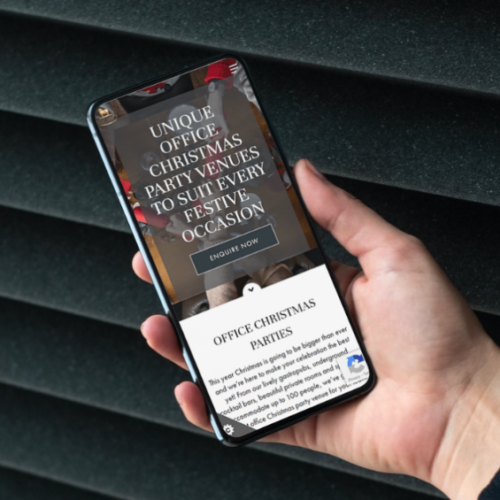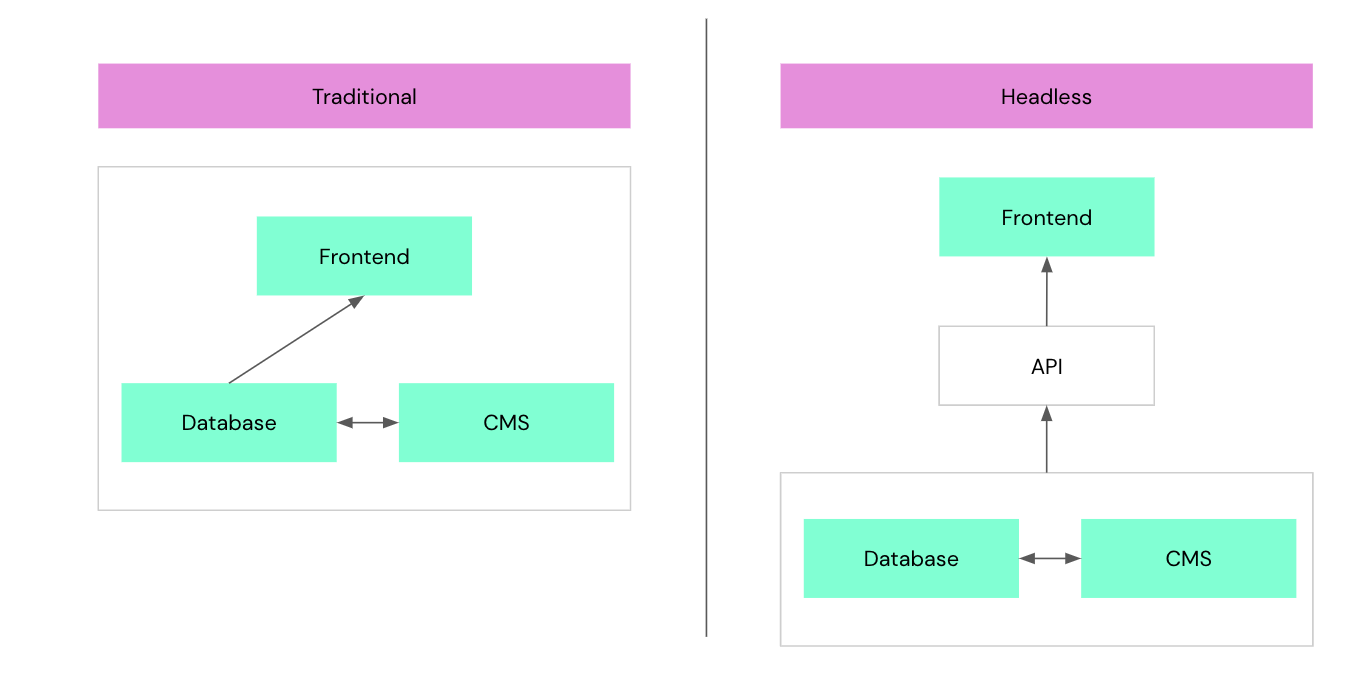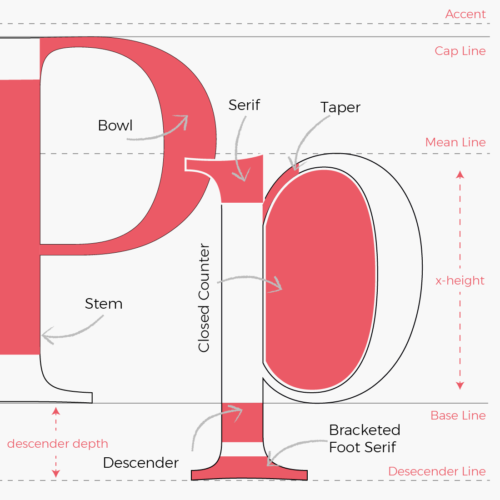INCLUDE THE CALL TO ACTION ABOVE THE FOLD
If the marketing that leads users to your landing page is solid, visitors will know what they are landing here for. So let them dive straight into a conversion by placing your call to action right at the top of the page. You can include more information underneath for those who need a little bit more persuading before converting. For these people, make sure to sprinkle further call to action buttons throughout the page.
KEEP CLICKS TO A MINIMUM
The sole objective here is to get conversions. And by this point, your user should be fully primed for this action. So make it quick and straight forward for your user to convert.
REMOVE COMPETING LINKS
Users these days have an attention span of a goldfish (we cover this in more detail in our article on video content). So don’t distract them with other sparkly things – even internal links to other pages on your own website.
We can’t stress it enough – landing pages are there for one thing: to convert. So make this your user’s only option.
Remove internal links to other pages on your site (including navigation!), and external links, too.
STRIP BACK YOUR LEAD FORM
Consider what information you really need from your user and keep it to a minimum. This is about making it as quick and easy for your user to convert.






